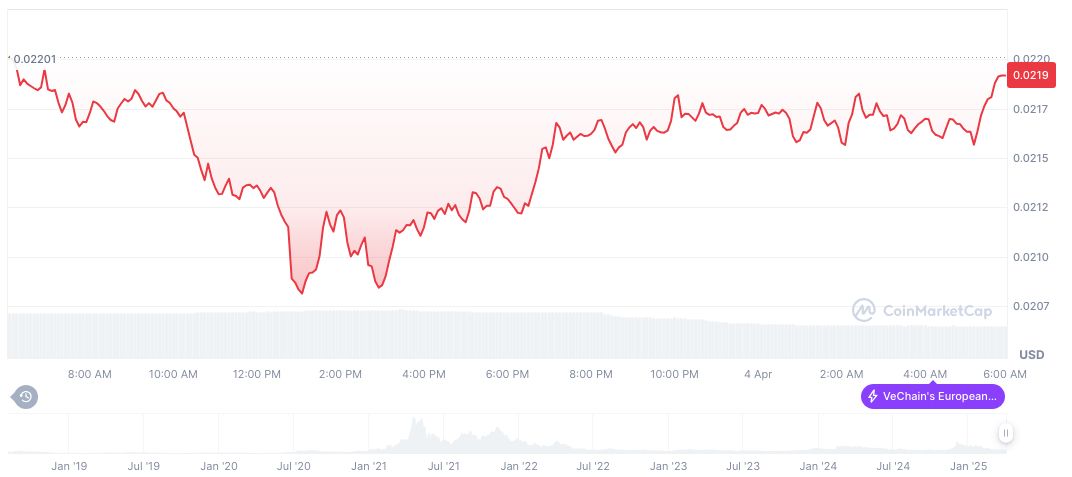- Commerce Secretary Ross asserts Trump won’t lift tariffs without addressing trade barriers.
- Tariffs may impact telecom industries and global economic balance.
- Trump’s policy aims to address trade deficits via economic pressure.
U.S. Commerce Secretary Wilbur Ross stated President Trump is unlikely to lift tariffs unless global trade barriers are addressed, highlighting prospects for future negotiations.
This announcement by Ross underscores Trump’s ongoing focus on equitable trade, reflecting past tariff policies affecting international sectors.
Trump’s Tariff Strategy and Global Economic Pressures
U.S. Commerce Secretary Wilbur Ross confirmed that President Trump maintains his tariff stance, contingent on other nations addressing both tariff and non-tariff barriers. President Trump aims to foster fair trade practices and bolster American industries.
Tariffs continue to exert pressure on sectors dependent on imports, such as telecommunications and electronics. This may lead to price hikes for equipment like networking hardware. Vendors reliant on Asian supply chains might see profitability squeezed in the coming months.
Market analysts project possible increases in service prices and reduced margins for companies like Dell and Supermicro. Key industry figures emphasize that effective resolutions will require multilateral cooperation and adjustments in international trade policies.
Historical Analysis of Tariffs and Their Market Impacts
Did you know? Today’s tariff policies draw parallels with measures taken in Trump’s first term, highlighting persistent efforts to support U.S. industries against competitive global trade practices.
Recent data from CoinMarketCap reveals VeChain (VET) holds a market cap of $1.88 billion with a circulating supply near 85.99 billion tokens. The price has experienced a notable 57.81% depreciation over 90 days, with a current trading volume of $48.44 million, despite a significant 28.00% decrease.

Insights from the Coincu research team suggest that Trump’s tariff policy may foster regulatory uncertainties impacting industries reliant on imports. Historical patterns indicate potential for increasing costs and market volatility, requiring vigilant monitoring by stakeholders.























